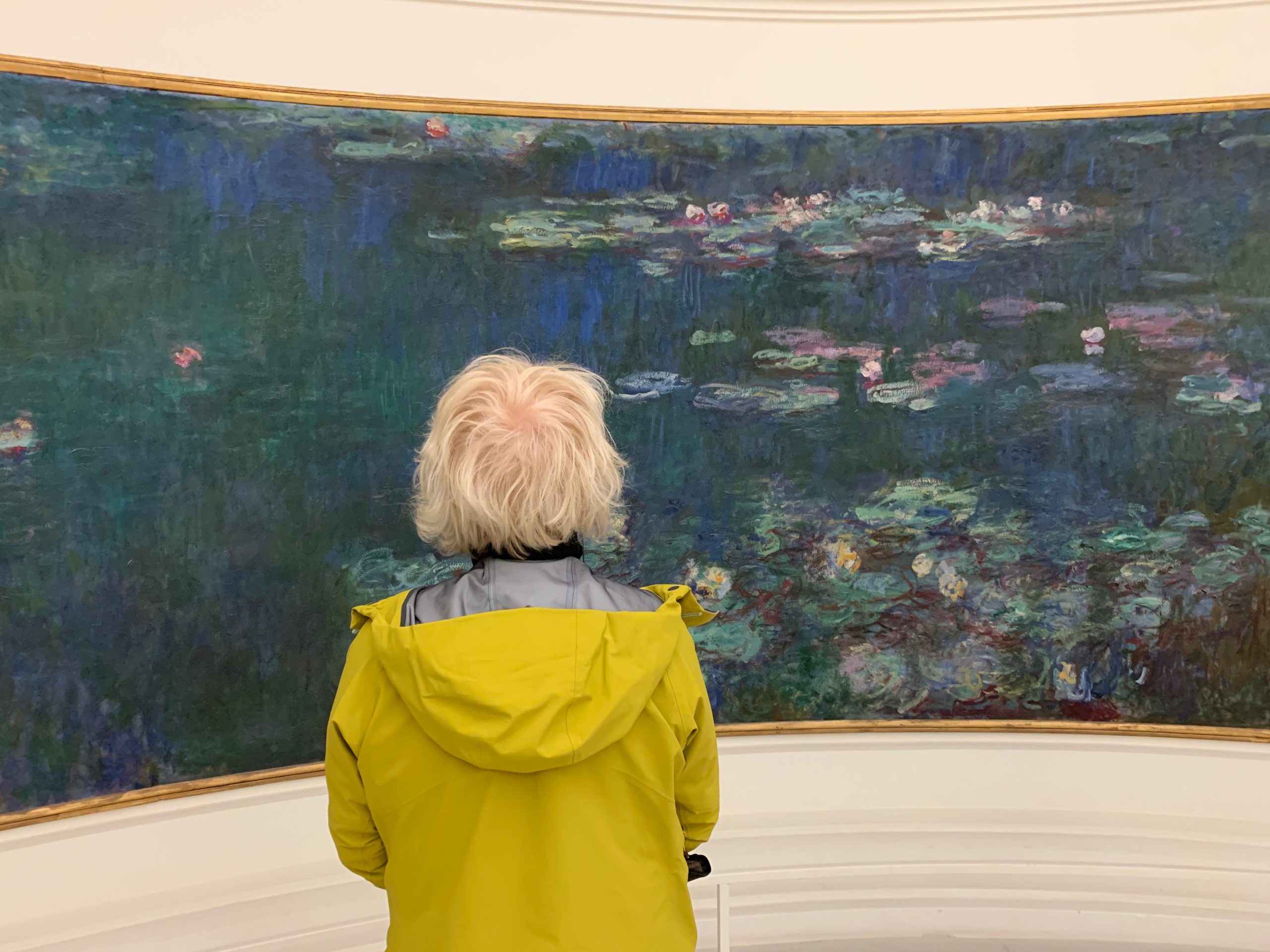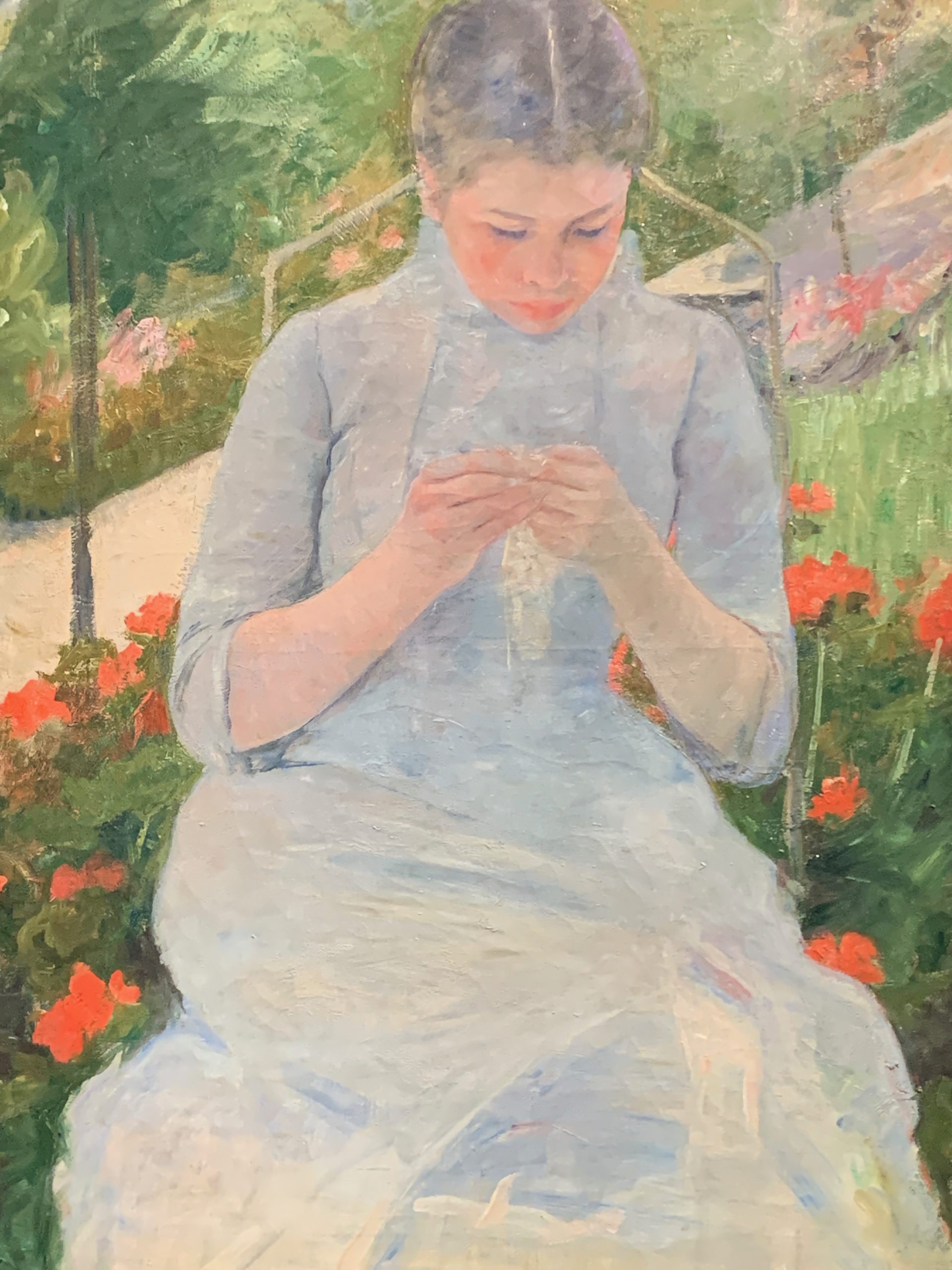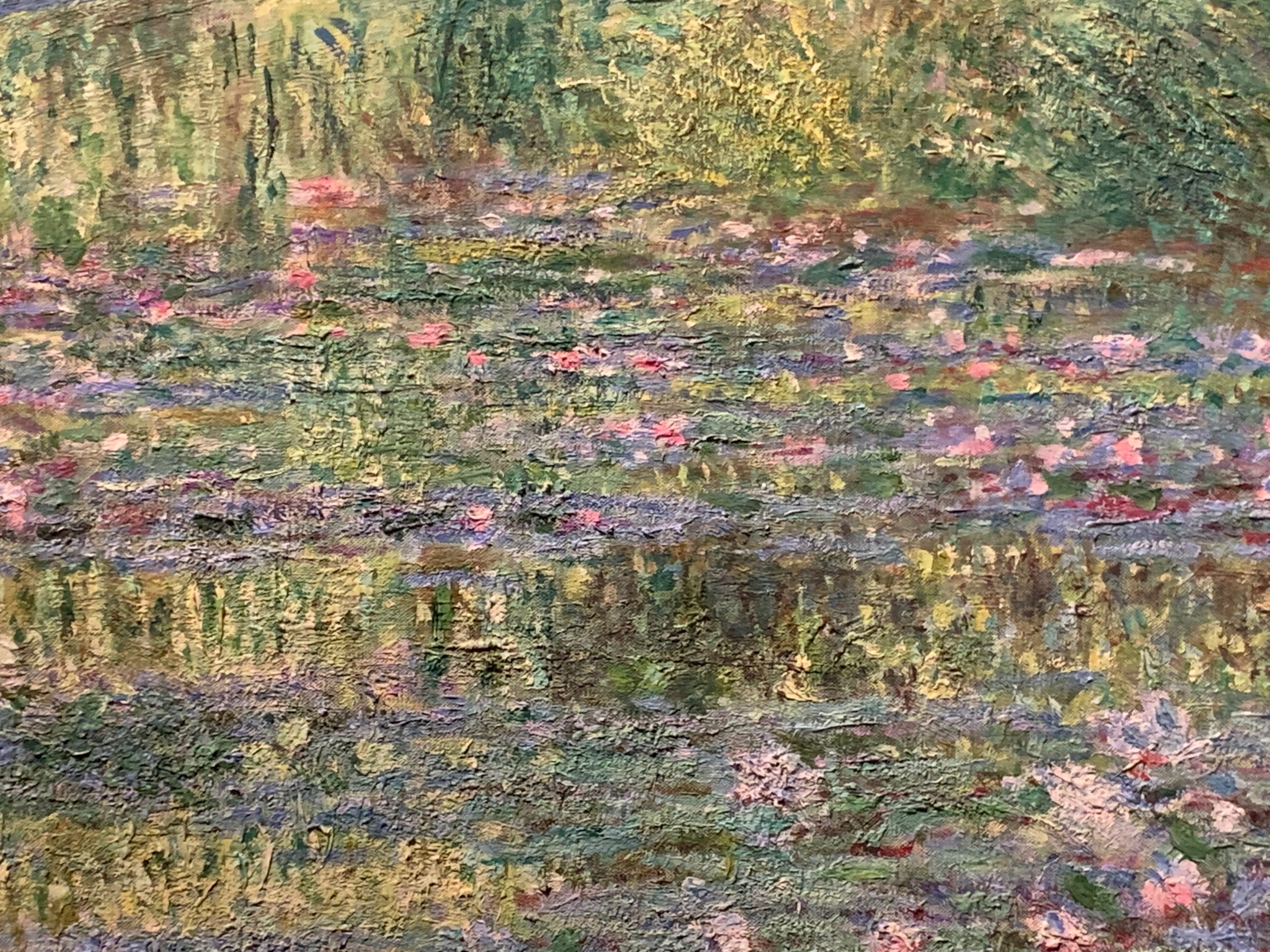By Wendy O’Brien, who is leading Impressionism: From Seeing to Feeling at Toronto Pursuits 2020
Bonne année, mes amis!

I’m writing you from Paris where I’ve come to celebrate the holidays and explore the city as I think about the impressionists — their project and their influence. I’m getting ready for the warm days to come in Toronto this summer, when we’ll have a chance to spend a week in seminar together to think about the impressionists’ pivotal role in changing not just what art looks like but how it is we see.
As I walk the streets of the Left Bank, I’ve been reflecting on how works by this group of artists, including Renoir, Monet, Degas, Manet, Morisot, Pissarro and Cassatt, reflected the enormous changes that were taking place in French politics, economics and technology. Those changes off the canvas would manifest themselves in an upheaval on the canvas. The act of living in this new Paris, with its rapid industrialization, its creation of a new bourgeois class, its optimism and spirit of innovation — changed not only what these artists painted, it changed how they painted. And they in turn would lay the groundwork for future changes.
Yet, so used to seeing Monet’s Water Lilies, Renoir’s women and Degas’ Little Dancer on everything from coffee mugs to socks, fingernail applications to cellphone covers, we’ve forgotten how novel and how daring these works were when they were first shown. The works of the impressionists have become so commonplace that we forget these works were rejected by the French art world and deemed degenerate. We forget how bold these artists were in facing not only criticism but outright rejection and poverty. Popularization has made us complacent.

Perhaps this explains why we so readily and so easily overlook how the impressionists changed us. They attempted to capture on the canvas the world at a glance — the world complete with light and motion. The world not made better or worse — the world just as it was. As such, they forced us to rethink our relationship with nature. They focused our attention on those who had heretofore been left in the shadows and off the canvas (women, children, labourers), urging us to rethink our understanding of subjectivity.
And they taught us about colour — about its ability to communicate not just what the world looked like but what it felt like. They taught us to see with our hearts and not with our eyes. And that changed everything. The impressionists not only changed what we painted and how we painted, they changed how we saw.

This summer at Toronto Pursuits take a fresh look at your vision of the canvas and of the world. In my seminar Impressionism: From Seeing to Feeling we’ll reflect on how the impressionists brought into focus the domestic realm. We’ll investigate how they laid the groundwork for the development of fauvism, cubism, and ultimately abstraction. We’ll consider how their influence would travel — how the impressionists’ project would spread to other climates and countries, to other landscapes. Join me in this revolutionary journey.
— Wendy


